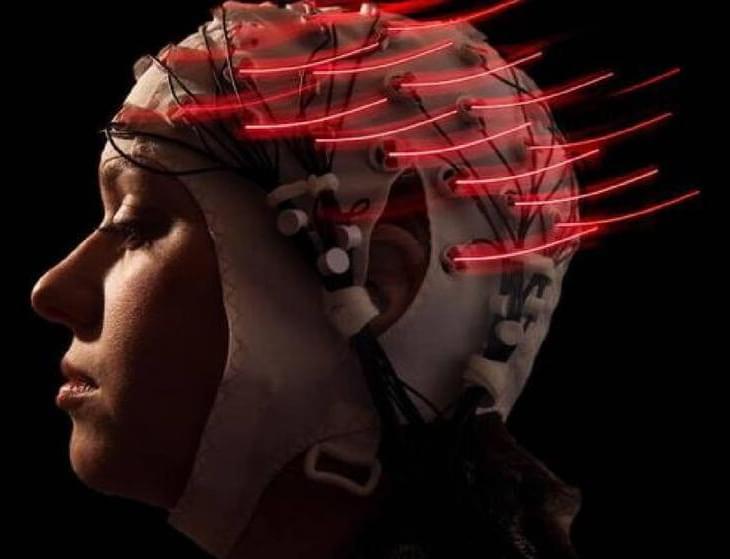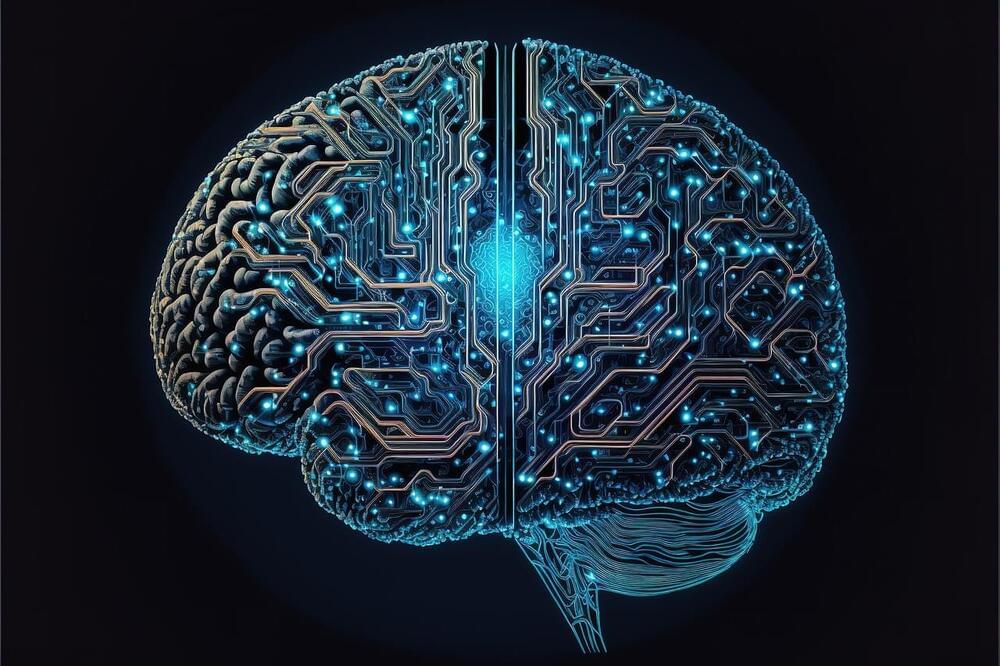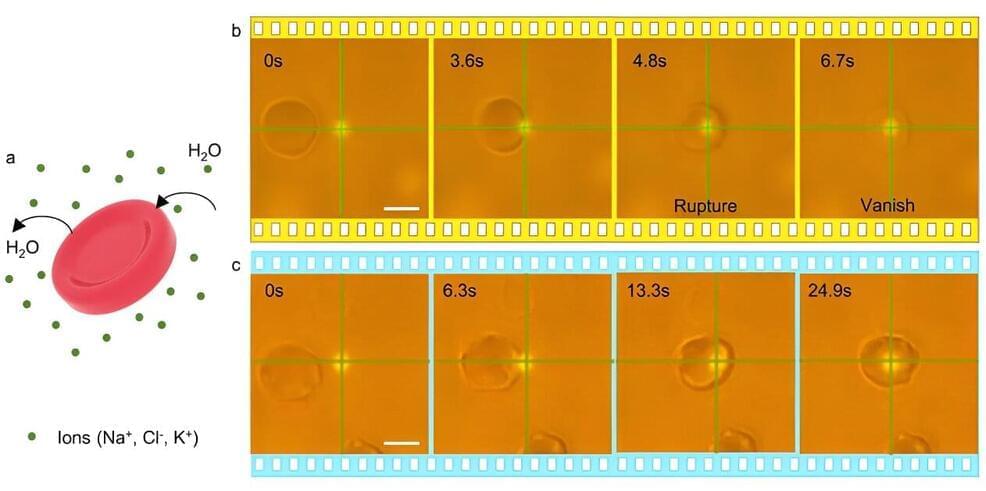“The novel aspect about this study is the brain can very quickly distinguish whether an undesirable outcome is due to a (human) error, or due to something else.”
A new study demonstrates how the brain can tell the difference between an outcome that was due to human error and one where the person was not directly responsible. The process takes mere seconds.





 עברית (Hebrew)
עברית (Hebrew)

